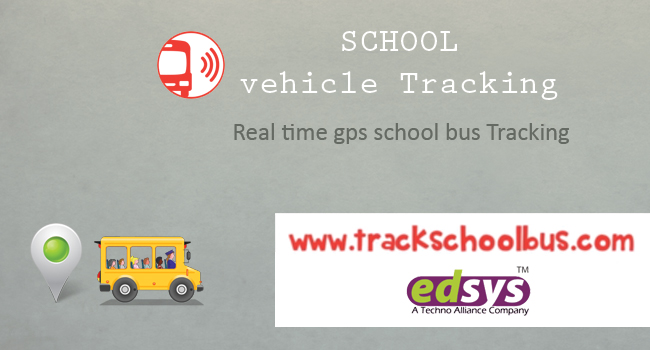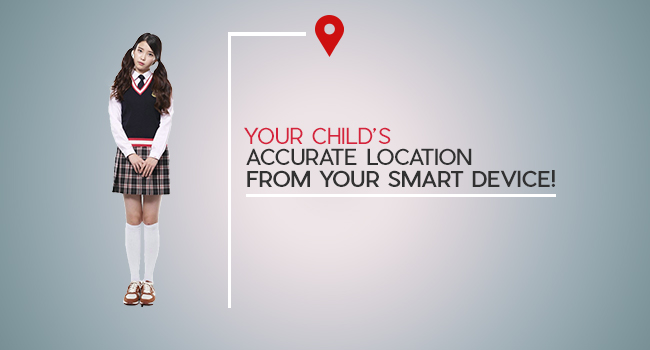Nowadays, many qualified drivers consider driving as an easy task and seem to have no worries about it. But, the fact is that there are numerous road hazards in driving and they are still growing.
This blog discusses 15 common road hazards and the best ways to prevent them.
1. Hydroplaning or Skidding Out of Control
Skidding or sliding of cars occurs when there is a lack of friction between tire and road. This usually occurs when driving in wet or icy conditions, stopping suddenly or entering a turn at a high speed.
Preventive Measures:
You need to adjust your driving in adverse conditions. You need to slow down if the road conditions are anything less than ideal. You should never try to jerk the wheel, as this may cause you to quickly lose control of the vehicle. In addition, you need to maintain your tires properly. This will reduce the chances of hydroplaning.
2. Tire Blowout
It occurs when a tire bursts that is accompanied by a loss of air pressure. In fact, most blowouts are caused by too little air pressure. This in turn allows the tire to flex beyond elastic limits until it overheats to the point where the rubber loses its bond to the internal fabric and steel cord reinforcement.
Preventive Measures:
You need to focus on controlling your vehicle and getting safely to the side of the road to assess the situation.
Always be careful of debris on the road, look far in front of you for road debris. Slow down, if you see any and change the lane safely away from debris. You should maintain your tires properly as weak tires are more likely to a blowout.
3. Car Lands in Lake
This is when your car falls into a deep part of the water.
Preventive Measures:
You need to drive defensively and at a safe speed whenever you are near water. You should be very careful when driving in flood conditions. You need to avoid flood-prone roads in heavy rains.
If you find yourself in rising water, then get your family out of the car and move to higher ground.
4. Toddler Climbs Out of Car Seat
It occurs when the toddler unbuckles his/ her car seat belt and stands up in the back of the car.
Preventive Measures:
You should never engage in discussions with your child about why he/she can’t get out of his car seat.
Instead, you need to tell your child that it is not allowed. You should also make sure that the harness is snug enough.
5. Baby Starts Wailing
It happens when your baby starts to scream and wail while you are driving and you may not be able to console him/ her.
Preventive Measures:
If you are with your spouse, then you need to take turns riding in the back alongside the baby. You need to play with your baby and keep him/her engaged with soft toys, rattles, and books.
When you are going on long road trips with your baby, you need to take frequent breaks to accommodate his/her needs and to keep you from feeling frazzled.
Also Read: Top 18 Road Safety Rules to Teach Your Children
6. Car Slams into You
It happens when a driver coming from the opposite direction runs a red light and fails to see you and his car accidentally hits your front fender, sending plastic, metal, and glass into the air.
Preventive Measure:
You need to drive defensively by staying fully alert on the road. You should not eat, apply makeup, or use a cell phone while driving, and never get behind the wheel if you are sleep-deprived or have been drinking. Never drive too closely behind another vehicle.
You need to keep a safe following distance while driving.
Use the three-second rule to measure the safe following distance: – When the car ahead of you passes a fixed object such as a sign, fence, corner or overpass, you need to start counting seconds and at least three seconds need to pass before your car passes the same object.
You need to brake firmly before you collide, in the case of an unavoidable crash.
7. Fog Clouds Your View
These road hazards occurs when the fog completely blocks your vision and makes it difficult to see even the traffic light.
Preventive Measures:
Avoid driving in foggy conditions. You must reduce the speed of your car if you encounter unexpected fog.
You should open your windows to know the traffic. Always be patient and never switch lanes if you don’t have to.
You should never stop on a busy road in a dense fog. This will put you at risk of being hit.
8. Bicyclists
It is most common for a cyclist to get hit by a vehicle.
Preventive Measure:
You need to give bicyclists plenty of room and keep an eye out for them. In fact, some bicyclists tend to drive too closely to cars.
Therefore, you need to keep a safe distance from bicyclists on the road.
9. Small Animals
These road hazards occur when you accidentally hit a small animal while driving your car.
Preventive Measure:
In this case, you must weigh your potential loss of life against theirs. You need to be extra careful when trying to avoid them. Never put your life or vehicle in danger.
When you are about to hit a small animal, you need to brake rather than swerving to avoid it as swerving can lead to a worse collision with a tree or an oncoming vehicle.
10. Pedestrians
Pedestrians are greatly vulnerable to being hit by vehicles and bicycles. A person who jaywalks or recklessly cross a street creates a hazard for themselves and drivers.
Here are a few safety tips for pedestrian:
- When walking at night, you need to wear reflective clothing. It alerts the drivers that you are on the side of the road.
- You need to walk with a flashlight. This alerts vehicles and cyclists that you are on the sidewalk. However, you need to keep your flashlight pointed towards the ground.
- You need to walk on the sidewalks.
- When you are walking with your dogs or any other pets, try to keep them on a short leash. You must also ensure that they cannot slip their heads out of their collars or escape their harnesses. You need to walk in between the road and your pet.
- You need to cross only when the walking signal is displayed.
- Pedestrians should avoid using mobile phones while crossing the road.
- Drivers should be aware of their surroundings. They must focus on driving safely in a pedestrian dense area such as a shopping center.
11. Construction Zones
Road construction zones are a deadly road hazards for workers, motorists, and pedestrians.
Preventive Measure:
When you come across a construction zone, you need to slow down and drive carefully. You must be prepared to safely change lanes and watch out for road workers.
12. Potholes
Potholes can be highly dangerous when some drivers try to swerve around a pothole and get into accidents.
Preventive Measures:
If you see a pothole on the road, keep a firm grip on your steering wheel. You need to slow down and if you feel it is safe, try to drive around the pothole.
13. Large Trucks
These road hazards occur when a passenger vehicle collides with large trucks.
Preventive Measures:
It is recommended that if you are following a truck, stay out of its blind spots or “NoZone” to the sides and rear.
You should avoid following a truck too closely. You need to position your vehicle; which makes it possible for the truck to see it in his or her side mirrors.
A truck merging into traffic requires more time to accelerate and reach a normal speed than a car’s needs.
You must be prepared to slow down to allow the truck to merge safely. If you encounter a truck coming from the opposite direction, you need to keep as far as possible to the side in order to avoid a sideswipe accident and to reduce the wind turbulence between the two vehicles.
Truck drivers usually have to swing wide to the left to safely make a right turn. You need to give them plenty of room, and never cut in between them and the curb or shoulder to the right.
Also Read: 6 Ways to Reduce School Zone Traffic Congestion
14. When Children are Nearby Walking or Playing
Children lack the capacity to assess the situations or circumstances shrewdly. They do not know how dangerous moving vehicles are and can suddenly run to chase a ball across the street, or simply to go home.
Preventive Measure:
Whenever you see children around while driving, try to reduce the speed of the vehicle and prepare to stop.
It is when the glare from the headlights of a car coming from the opposite direction with high beams falls directly on your eyes. This can lead to blurriness and this temporary blindness often leads to accidents.
Preventive Measure:
You need to check your eyesight on a regular basis and if you wear spectacles or contact lenses, then keep them up-to-date.
Older people should avoid night driving and if it is necessary, then they need to drive slowly.
Always choose to drive on the slow lane on multilane highways. You should drive slowly and adjust your speed to the reach of your headlights.
Looking down toward the right side of the road helps you from being blinded by the high beams that directly fall into your eyes. You should also concentrate on the edge of the lane or the painted edge line until the vehicle passes.
Conclusion
A driver should be careful while driving to avoid serious road hazards that may occur at any time.
Driving is not an easy job, it should be done with focus. So next time when you start your vehicle be careful and move safe.































